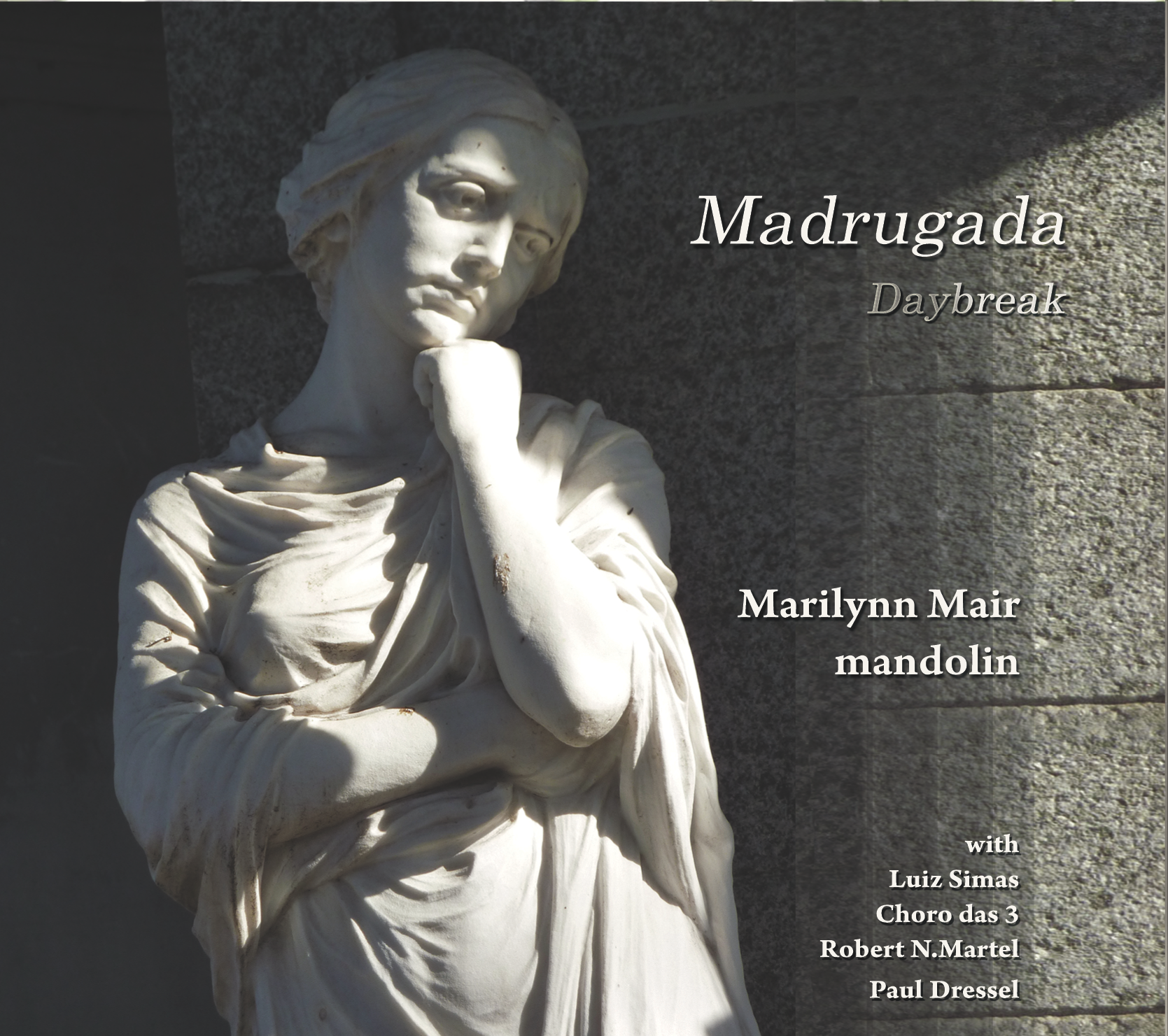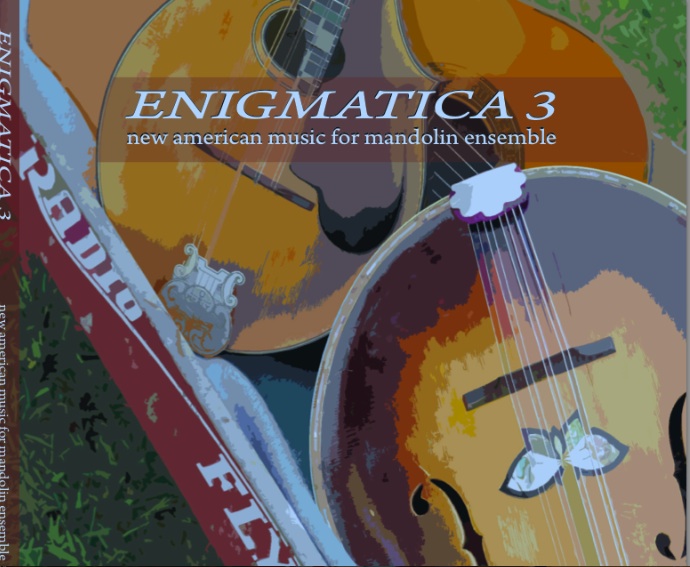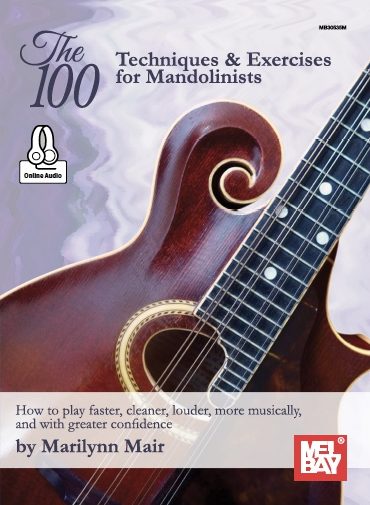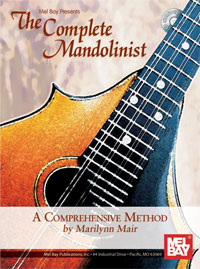based on an article that originally appeared in “Mandolin Magazine.” Spring 2000.
Download a pdf of the sheetmusic that accompanies this article: Corelli exercise
There isn’t a musician alive who doesn’t want to be able to play his/her instrument faster and cleaner. We admire performers who can run through a passage of fast 1/16th notes seamlessly, focusing us on the music they perform without the slightest fumble to distract our attention. One of the difficult aspects of achieving a clean, clear sound on the mandolin is that tone production relies on the precise coordination of two very different hand motions. The pick, held in the right hand, and any one of four left-hand fingers need to contact the instrument simultaneously in rapid sequence. Coordinating two hands to produce these movements at the rate of 8 times a second (necessary to play 1/16 notes at mm = 120) requires honing one’s precision to the highest level.
There are many ways to go about achieving this level of technique. Just playing a lot will increase your speed, as your “motor memory” remembers each action you take and, when you repeat one enough times, decreases the amount of time needed to recall and execute that action. This is the reason musicians and athletes practice on a daily basis. But the other aspect to creating a clean sound is accuracy. Passing a football over and over will decrease the time it takes to release the ball, but a whole different set of drills is needed to achieve control over where the ball goes when it’s released. With music, your facility in knowing and executing the correct movements precisely on time will determine the cleanness of your technique. Merely increasing your speed won’t magically remedy sloppiness.
Generally, as any performer plays through a piece of music within his/her technical scope, there are sections that can be negotiated with ease, segments that are tough but still within range, and, sprinkled throughout, some short difficult passages that are close to the limits of technique and regularly cause the player to stumble. These “tricky bits” generally won’t go away by simply playing the piece over and over from beginning to end. They hide in the forest of notes you can already play, and you, engaged by the music, routinely rush past them to get on with the tune. But playing past difficulties isn’t the same thing as conquering them. The “tricky bits” simply lie in wait until some outside stress — a performance, or a lessons if you’re at the student level — throws your focus off, and you discover, too late, that they are still there and you are stumbling over them once again.
You need a more systematic approach to improving your technique to avoid this kind of routine performance breakdown. Ideally, it should include two elements — a long-range plan to increase your facility over time, and short-term first-aid to attack and master the specific difficult passages in every piece you play. This article deals with the first part of the formula.
Concert pieces are artistically, not technically, conceived and a composer can unexpectedly throw a monkey wrench into your performance if you’re not prepared for a wide range of technical possibilities. A mountaineer can get in shape by simply climbing mountains, but it’s safer and more interesting to begin a climb already in good physical shape with knowledge of how to deal with problems that might be encountered. To be prepared for technical roadblocks you need a strong grounding in mandolin problem solving, the kind that comes from working regularly on exercises designed to improve coordination and develop technical skills.
Mandolin technique books are a good place to start this process, but after you’ve reached a certain level many seem to forget to develop one of the most useful skills of them all — stamina. It doesn’t make sense to prepare for a 20-minute sonata performance by working on a series of 32-bar exercises. And to maintain your skill level for the duration of an entire concert requires you to be in top technical shape. So look for help to other sources, one of the best being the huge body of readily available violin exercises.
The piece accompanying this article is a violin study written by Arcangelo Corelli (1653-1713), a Baroque composer who was one of the first to develop a repertoire highlighting the violin’s expressive qualities. Its length and constant 1/16 notes will help develop your stamina, and Corelli’s variety of fingerings will work to decrease the time you require to recognize and execute different combinations on your own. This particular exercise was intended to be played with short detached bow strokes, so it parallels the coordination needs of the mandolinist.
Practice the piece with a metronome, and begin at a slow tempo to avoid making and reinforcing mistakes at the early stages. The whole exercise is played in 1st position, and it incorporates a lot of cross picking. Be sure you maintain a regular down-up picking pattern throughout. As you become more familiar with the piece you may increase your metronome speed, a little at a time, and should also begin to repeat the piece two or more times without pause. Corelli is a master composer, so the beauty of this exercise will make its repetition less tedious. Try to play with the flow of the music, not allowing your instrument or your technique to break its line. Keep working on this and other exercises to improve your technical level for the long-term, and next issue I’ll give some insights into solving specific short-term problems you’ll encounter in building your musical repertoire.





